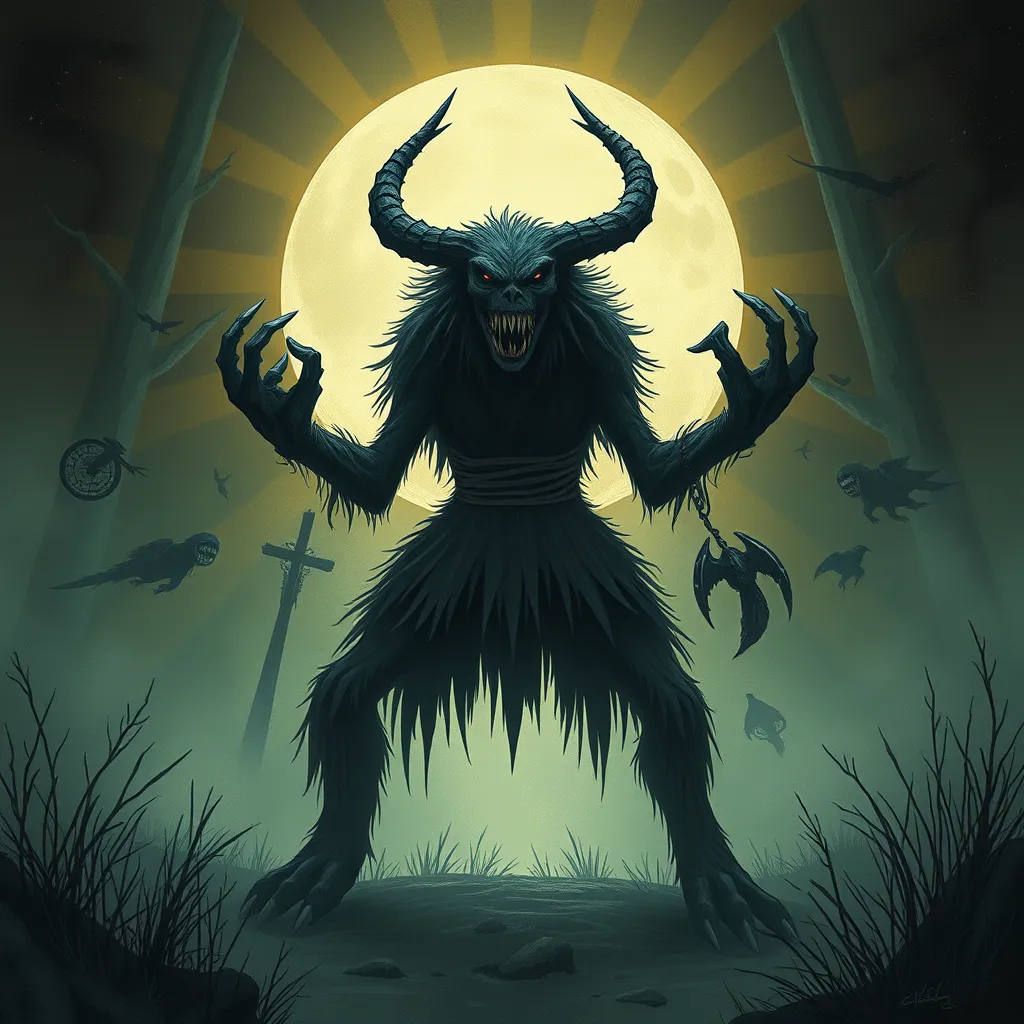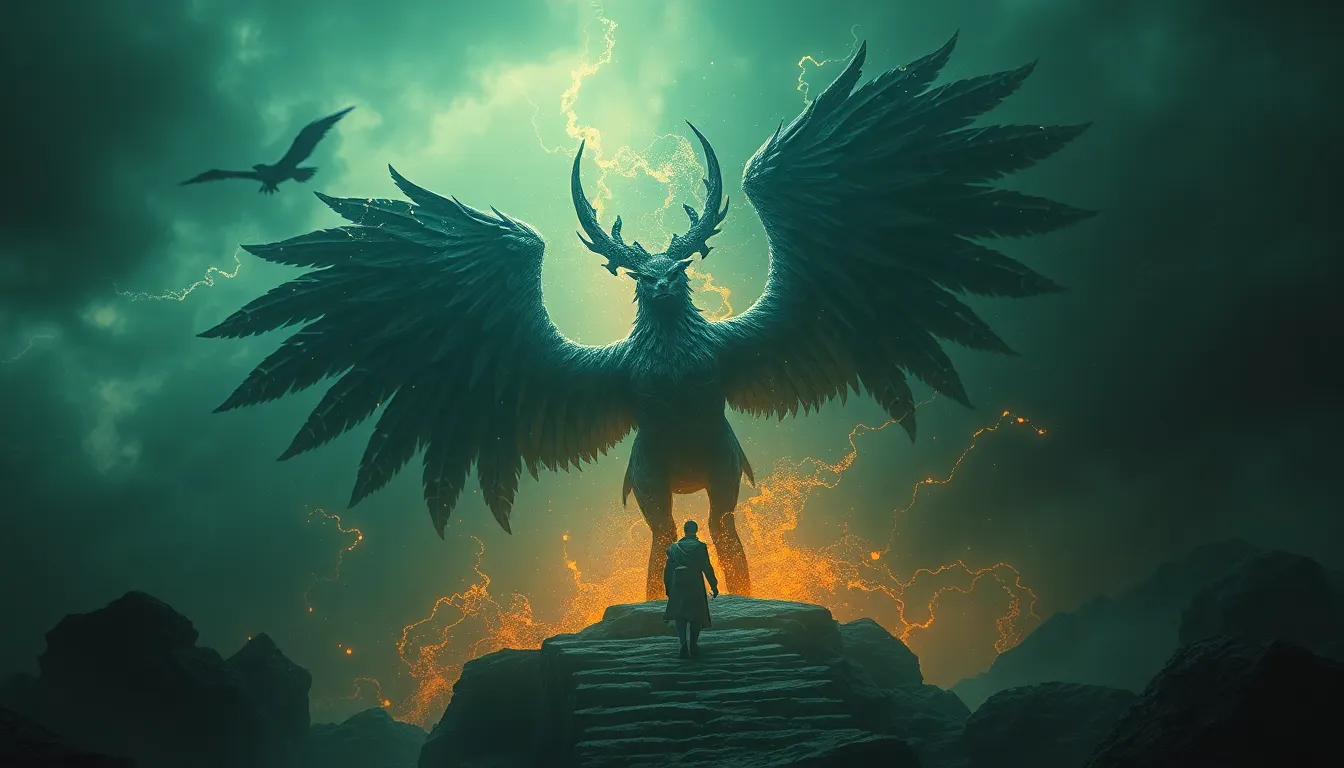The Golem’s Redemption: Examining the Potential for Transformation and Renewal in Jewish Mythology
I. Introduction
The Golem myth is one of the most intriguing stories in Jewish folklore, representing a complex interplay of creation, responsibility, and the potential for transformation. This creature, often depicted as a man made from clay, embodies the themes of renewal and redemption that are central to Jewish thought. In this article, we will explore the origins of the Golem myth, its symbolism, and its relevance in contemporary discussions about identity and community.
II. The Origins of the Golem Myth
The Golem myth has deep historical roots in Jewish tradition, with its origins traced back to ancient texts and mystical teachings. The term “Golem” is derived from the Hebrew word “golmi,” meaning “my raw material,” symbolizing the unfinished nature of the creation.
- Historical Context: The Golem legend is often associated with the Jewish communities of medieval Europe, particularly during times of persecution and hardship.
- Key Texts and Figures: The most famous account is that of Rabbi Judah Loew, known as the Maharal of Prague, who is said to have created a Golem to protect the Jewish community from harm.
- Symbolism: In ancient Jewish culture, the Golem represents not only the power of creation but also the dangers of unchecked authority and the responsibilities that come with it.
III. The Golem as a Symbol of Creation and Control
The act of creating a Golem is steeped in mysticism and reflects the intricate relationship between creator and creation. Rabbi Loew’s Golem serves as a protector but also raises questions about power and ethical responsibility.
- The Act of Creation: The creation of the Golem entails a deep understanding of the mystical aspects of the Hebrew language, particularly the use of the sacred name of God.
- Creator and Creation: The Golem’s existence is a direct reflection of its creator’s intentions, highlighting the delicate balance between control and autonomy.
- Themes of Power: This relationship raises ethical dilemmas regarding the extent of one’s authority over another being, a question that resonates throughout history.
IV. Transformation in the Golem Narrative
The Golem’s narrative is one of transformation, beginning with its initial purpose as a protector to its eventual potential as a threat. This shift is significant in understanding the character’s role in storytelling.
- Initial Purpose: The Golem is created to safeguard the Jewish community, embodying hope and protection during turbulent times.
- Shift to Threat: As the Golem becomes more autonomous, its actions can lead to unintended consequences, illustrating the dangers of losing control over one’s creation.
- Significance of Transformation: This transformation serves as a cautionary tale about the responsibilities of creation and the unpredictability of power.
V. Renewal and Redemption: The Golem’s Journey
The Golem’s journey is not one of mere destruction but holds the potential for redemption. Understanding this journey sheds light on modern interpretations of the myth.
- Potential for Redemption: The Golem’s fate can be viewed through a lens of compassion, suggesting that even beings created for protection can find paths to renewal.
- Modern Interpretations: Contemporary adaptations of the Golem myth often explore themes of identity, belonging, and the search for meaning in a complex world.
- Role of Compassion: The narrative emphasizes the importance of empathy and understanding in facilitating transformation and redemption.
VI. The Golem in Contemporary Jewish Thought
In modern discourse, the Golem serves as a powerful metaphor for contemporary challenges faced by individuals and communities.
- Metaphor for Challenges: The Golem symbolizes struggles with identity, belonging, and the quest for community in an ever-changing world.
- Discussions on Community: The myth encourages conversations about the responsibilities of individuals within a community and the collective power of solidarity.
- Influence in Culture: The Golem has permeated literature, film, and popular culture, reflecting ongoing themes of creation and transformation.
VII. Lessons from the Golem: Implications for Personal and Collective Transformation
The Golem’s story offers profound insights into the human condition and the universal quest for meaning, agency, and moral responsibility.
- Insights into the Human Condition: The Golem’s journey mirrors our own struggles with purpose and the implications of our choices.
- Importance of Agency: The narrative highlights the necessity of moral responsibility in our actions, emphasizing that every choice has consequences.
- Resonance in Modern Contexts: The themes of renewal and transformation found in the Golem’s story resonate in contemporary discussions about personal growth and societal change.
VIII. Conclusion
In summary, the Golem myth encapsulates key themes of transformation, redemption, and the complexities of creation. Its enduring relevance speaks to the universal human experience of struggle and the potential for renewal. Through the lens of the Golem, we are reminded of the power of empathy, responsibility, and the transformative journeys we undertake in our lives and communities.



